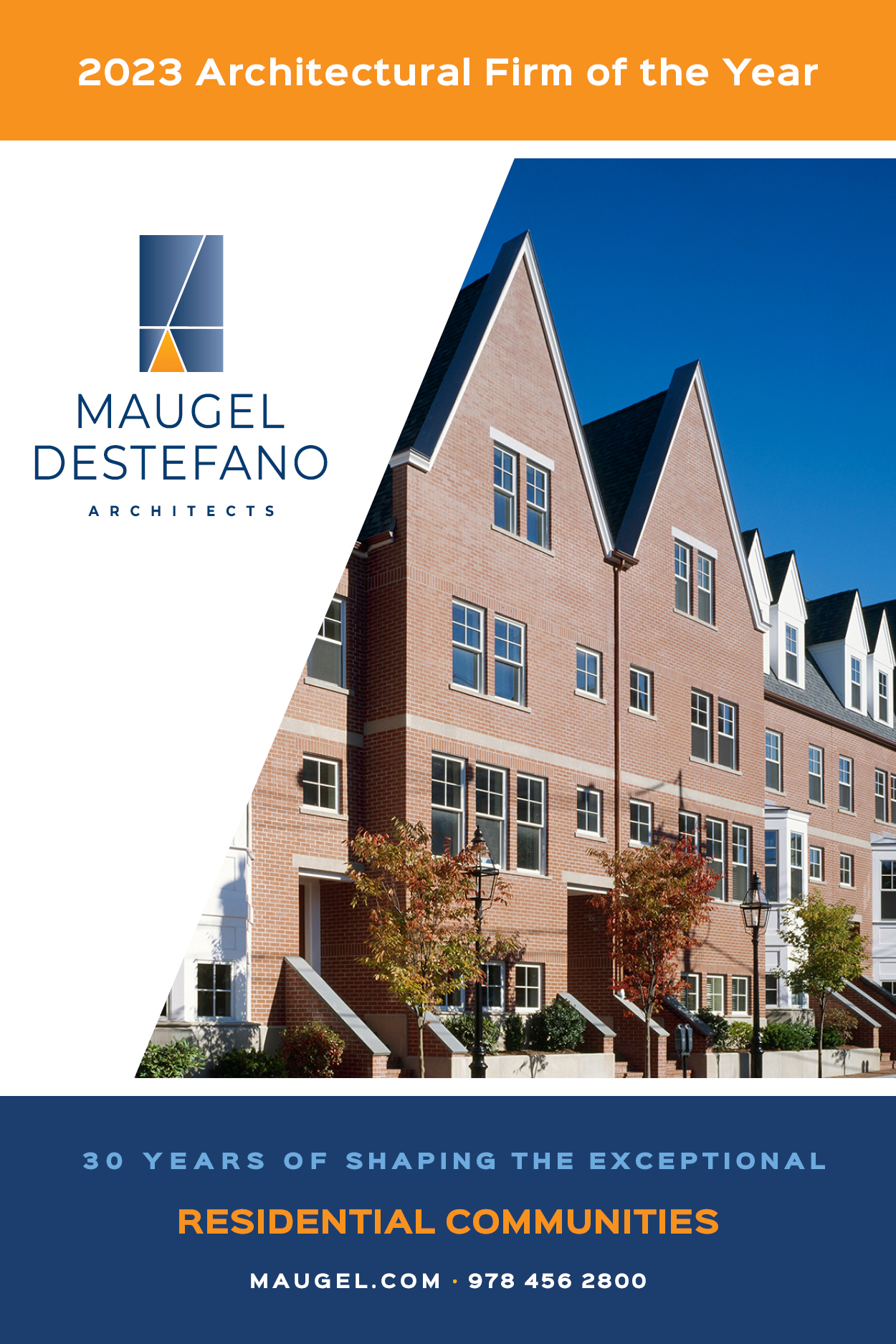BOSTON–Restaurateurs looking to get back to business during the continuing pandemic crisis need safety solutions for indoor seating that don’t mar the dining experience, and they are turning to design experts for innovation.
Boston-based Dyer Brown Architects is creative inventive and cost-effective approaches to rethinking booths, partitions and bathrooms. Two conceptual designs by Dyer Brown Architects— one for a dining room and another for a restaurant bathroom — have been honored in a global competition, with the winning entries published in a special edition of the magazine NEWH Beyond.
According to David Rader, AIA, senior project manager with Dyer Brown, “At the time the contest was announced, the pandemic had put some active projects on hold. Our principals recognized that we had an opportunity to explore what restaurants might look like in the near future.”
 The goal of the competition, says sponsoring organization NEWH (the “Hospitality Industry Network”) was to “speak to the future of hospitality, at a time when our lives have been abruptly interrupted by a threat to health and safety worldwide.” The group invited past honorees of its Top Interior Designer (TopID) program to submit, and entries came in from across the country and from overseas, including from Paris and Milan.
The goal of the competition, says sponsoring organization NEWH (the “Hospitality Industry Network”) was to “speak to the future of hospitality, at a time when our lives have been abruptly interrupted by a threat to health and safety worldwide.” The group invited past honorees of its Top Interior Designer (TopID) program to submit, and entries came in from across the country and from overseas, including from Paris and Milan.
Rader led an effort to explore the range of technology-based solutions and finish materials, to create functional, transformative and appealing concepts, leading to the winning dining room and bathroom designs that appear in the magazine. “Everything we used is currently widely available on the commercial market. For the bathroom we used raw copper and brass, which are naturally antimicrobial materials; touchless door operation for stalls, and an automatic ultraviolet light — bathing each stall from two angles — to sterilize all surfaces after each use,” he says.
For the dining room, Dyer Brown’s entry focused on stylish booth backs with alternating glass and wood for both privacy and safety, with copper table tops. Rader adds, “Active downdraft ventilation is built into each table to pull air and respiratory droplets down and away from fellow diners.” He points out that this technology is already used in fondue restaurants and other cook-at-table concept venues.
“And of course the flooring in both the dining room and bathroom concepts is porcelain tile, which is attractive and stands up to deep cleaning.”
















